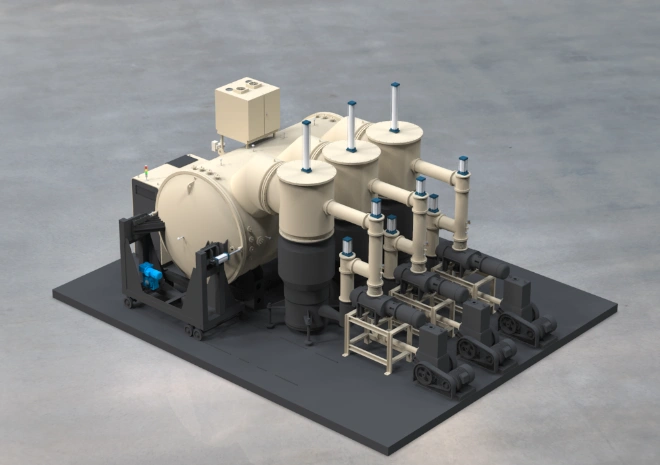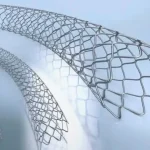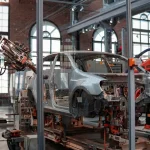What Types of Vacuum Brazing Furnace Are There?

1.Introduction to Vacuum Brazing Equipment
Vacuum brazing equipment plays a pivotal role in joining metal components by melting a filler metal in a vacuum setting, ensuring robust, leak-proof bonds. This method prevents oxidation, minimizes porosity, and boosts joint quality. Two main categories of vacuum brazing furnaces are prevalent in the market, tailored for distinct materials and uses: high-temperature and low-temperature models.
2.Types of Vacuum Brazing Furnaces
High-Temperature Vacuum Brazing Furnaces
Temperature Capability: Capable of reaching very high temperatures.
Key Features:
●Specifically engineered for metals with elevated melting points, such as certain advanced alloys and specialty steels.
●Incorporates advanced cooling systems to endure intense heat.
●Frequently utilized in sectors demanding high-performance materials, like aerospace and energy.
Example Applications:
●Components for jet engines
●Parts for nuclear reactors
●High-duty heat exchangers
Low-Temperature Vacuum Brazing Furnaces
Temperature Capability: Operates at relatively lower temperatures.
Key Features:
●Suited for braze alloys with lower melting points, including various solders.
●Designed for energy efficiency with quick heating and cooling.
●Well-suited for industries like electronics and automotive manufacturing.
Example Applications:
●Packaging for power electronics modules
●Cooling components in electric vehicles
●Heat exchangers made from lightweight metals
3.Key Differences Between High- and Low-Temperature Furnaces
| Feature | High-Temperature Furnaces | Low-Temperature Furnaces |
|---|---|---|
| Max Temperature | Very high | Relatively low |
| Materials Processed | Advanced alloys, specialty steels | Lightweight metals, ceramics |
| Energy Consumption | High (due to intense heat) | Low (efficient for mild conditions) |
| Cycle Time | Longer (gradual heating/cooling) | Shorter (rapid transitions) |
| Cost | Higher investment | More budget-friendly |
4.Applications of High-Temperature Vacuum Brazing Furnaces
Aerospace: Critical engine parts, structural components.
Energy: Components for nuclear facilities, solar energy systems.
Industrial: High-pressure systems, chemical processing gear.
5.Applications of Low-Temperature Vacuum Brazing Furnaces
Automotive: Battery systems, electric motor parts, climate control units.
Electronics: Device packaging, sensor integration, LED production.
Consumer Goods: Kitchenware, lighting solutions, medical instruments.
6.Advantages and Disadvantages of Each Type
High-Temperature Furnaces
Advantages:
●Capable of processing high-strength, heat-tolerant materials.
●Yield joints with excellent resistance to deformation under long-term stress.
Disadvantages:
●Higher operational and maintenance costs.
●Extended production timelines.
Low-Temperature Furnaces
Advantages:
●Cost-effective and energy-saving.
●Well-adapted for large-scale production.
Disadvantages:
●Limited to materials with lower melting points.
●Not suitable for applications subjected to extreme stress or heat.
7.Summary
High-temperature vacuum brazing furnaces are indispensable in sectors like aerospace and energy, where material performance is critical. Conversely, low-temperature models are prevalent in electronics and automotive industries, offering efficiency and cost-effectiveness. The selection hinges on material requirements, budget, and production scale.
8.Frequently Asked Questions (FAQ)
Q: What sets high- and low-temperature vacuum brazing furnaces apart?
A: High-temperature units are designed for advanced alloys, while low-temperature ones cater to lighter metals, with differences in temperature range, energy use, and cost.
Q: Which sectors depend on high-temperature vacuum brazing?
A: Industries such as aerospace, nuclear energy, and specialized industrial applications.
Q: Why might a manufacturer opt for a low-temperature furnace?
A: For its cost efficiency, swift production cycles, and compatibility with a range of softer materials.
Q: How do the costs of high- and low-temperature furnaces compare?
A: High-temperature furnaces entail a higher initial and operational cost due to their sophisticated design and energy needs.
Q: Is stainless steel suitable for low-temperature brazing?
A: No, it typically requires the higher temperatures achievable with high-temperature furnaces.
Q: What’s the main benefit of vacuum brazing over other methods?
A: It prevents oxidation, leading to stronger, cleaner joint formations.
Q: Are low-temperature furnaces apt for mass production?
A: Yes, their rapid cycle times make them ideal for high-volume manufacturing scenarios.
Q: What safety aspects should be considered with high-temperature furnaces?
A: Precautions against thermal hazards and safe handling of heated components are essential.
Q: Do low-temperature furnaces utilize lead-based materials?
A: While some may, many now employ lead-free alternatives for environmental and health reasons.
Q: Can a single furnace handle both high- and low-temperature brazing?
A: No, specialized furnaces are necessary for each temperature range to maintain performance standards.








